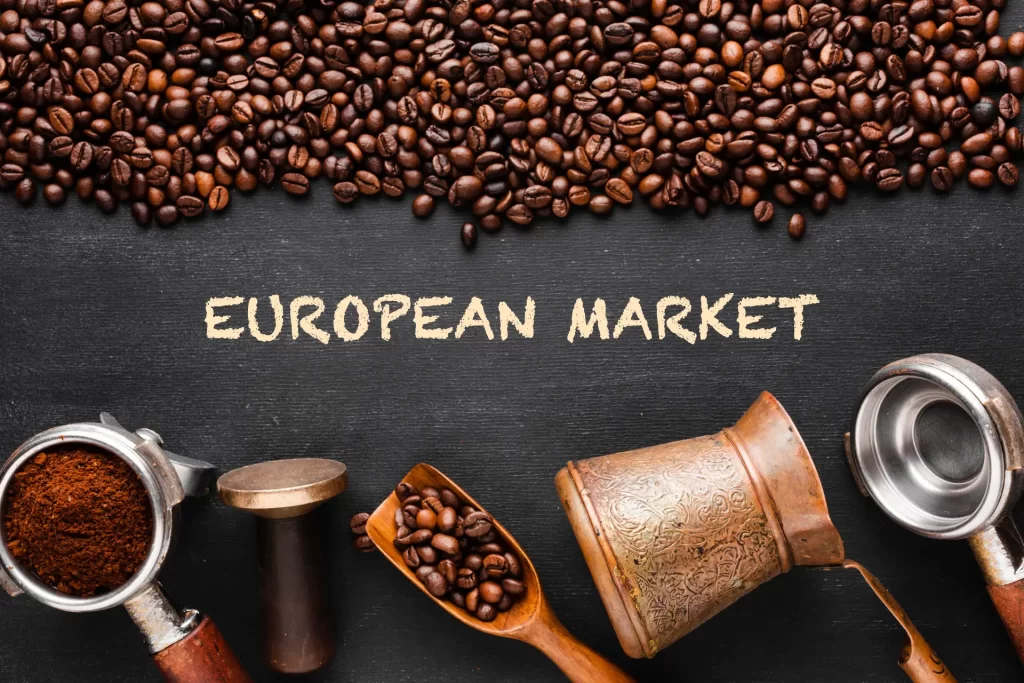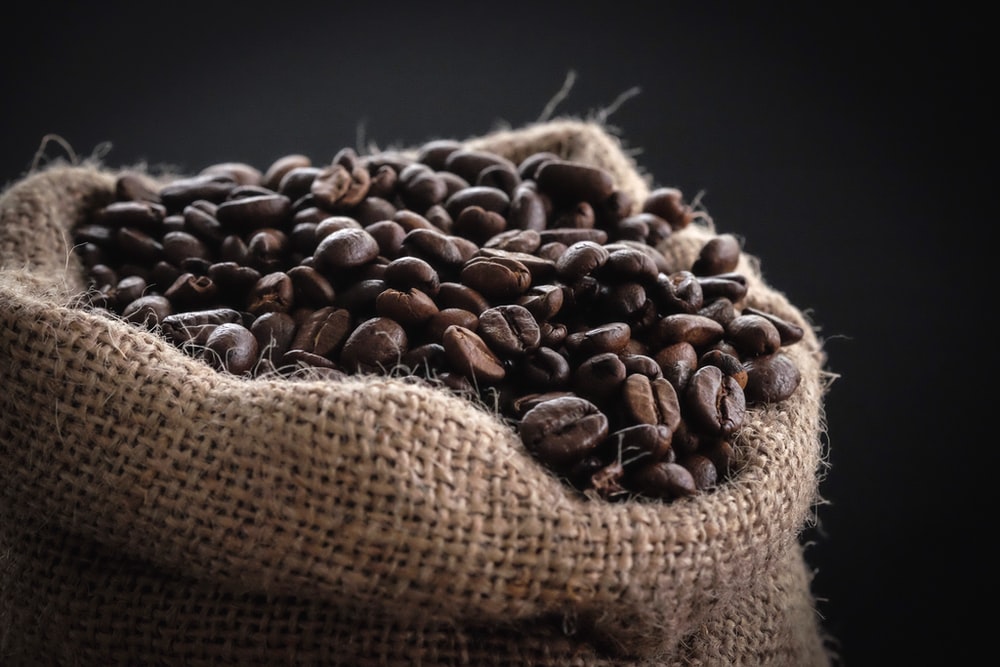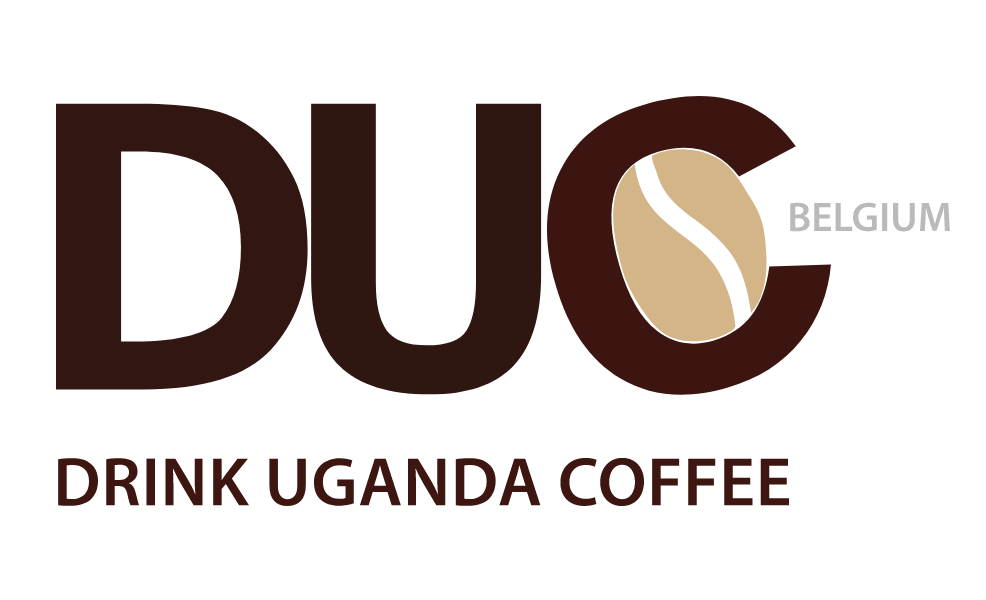What makes Europe an interesting market for coffee
Europe is a large coffee market, accounting for about one-third of global consumption. Although consumption is expected to stabilize in the long term, Europe will remain attractive to coffee exporters worldwide. Especially the growing specialty coffee market in Europe offers interesting opportunities. In this segment, you can compete by focusing on quality and establishing long-term relationships, rather than on price. The statistical analysis in this post relates to green coffee beans, based on HS codes 090111 (Coffee, not roasted, not decaffeinated). Europe is the world’s largest coffee market Europe accounted for 33% of global coffee consumption in 2020/21, amounting to an estimated 3.244 million tonnes of coffee. This makes Europe the largest coffee market in the world. Asia and Oceania rank second with a market share of 22%, followed by Latin America with 20% and North America with a market share of 19%. Between 2017/18 and 2020/21, Europe’s coffee market was expected to increase only slightly at an average annual rate of 0.5% in volume. In general, demand in Europe is expected to remain stable in the long term, as the European coffee market is saturated. Nevertheless, consumer demand for specifically higher-quality coffees is expected to increase in Europe. Europe is the main global destination for green coffee suppliers As the world’s largest coffee market, Europe is also the largest green coffee importer. Total European imports of green coffee amounted to over 3.6 million tonnes in 2020, showing an average annual decrease of -1.3% between 2016 and 2020. This decrease is likely to be the result of the global COVID-19 pandemic, which resulted in supply chain disruptions and the closure of out-of-home establishments such as cafés and restaurants across Europe. The value of green coffee imports decreased by -2.1% on a year-to-year basis during the same period, reaching €7.9 billion in 2020. This drop in value is also in part due to the pandemic, but it also reflects the fluctuation of coffee prices due to (unforeseen events in) world market supply and demand, volatility in currency markets and investments in coffee commodities by hedge and pension funds. An example of these unforeseen events is the frost that damaged coffee plants and production in Brazil. These and the other factors mentioned above affect the New York and London coffee futures markets, to which most coffee trade is connected. The exception to this is specialty coffee, traded with a differential above futures market prices, which absorbs most volatilities of the bulk market. Specialty coffee may also be traded at a flat rate negotiated between the buyer and seller, where the futures market price is taken out of the equation altogether. European importers sourced approximately 87% of their green coffee beans directly from producing countries in 2020, corresponding to 3.1 million tonnes. The largest direct importers from producing countries are Germany (35% of total European imports) and Italy (18%). Belgium (10%) and Spain (8.4%) follow as the third and fourth-largest direct importers in 2020. Intra-European trade accounted for 13% of European supplies in 2020, amounting to 454 thousand tonnes. Europe has the highest per capita coffee consumption worldwide The European Union (EU) has one of the world’s highest average annual per capita consumption at just above an estimated 5 kg of coffee per person a year. The leading country in per capita consumption in the world is Luxembourg, where the average annual coffee consumption is over 11 kg per capita. Other large coffee-consuming countries are the Netherlands and Finland at 8.2 kg per year per person, followed by Sweden at 7.7 kg, Denmark at 7.4 kg and Norway at 6.8 kg per capita per year. The average per capita consumption in the abovementioned European countries is expected to remain stable. These countries specifically provide interesting opportunities for exporters in producing countries as consumers are increasingly drinking high-quality coffees. This is largely led by a strong growth of consumption in specialised coffee shops in Western Europe, where mostly high-quality coffees are served. Between 2010 and 2018, sales at coffee shops serving specialty coffee in Western Europe increased by 140%. Europe is a major market for specialty coffees Europe is the largest and most important market for specialty coffees, together with the United States of America. This is reflected in the large and still rising number of specialty roasters, coffee shops and local coffee brands in Europe, as well as more knowledgeable and demanding European coffee consumers. In general, coffee shops and small and medium-sized coffee roasters lead the way for the introduction of high-quality coffees. In 2020 specifically, the demand for specialty coffee was lower than usual across all of Europe. Although online sales showed growth, the effects of the social distancing measures and health concerns of consumers resulted in a decline of out-of-home consumption. However, what the pandemic has shown so far is that the interest in high-quality coffees across Europe remained strong. Prior to COVID-19, it was estimated that the European branded coffee shop market would continue to grow at an average annual rate of 3.9% from 2020 to 2025. In 2021, this forecast was readjusted to an average annual growth rate of 2.9%. The expectation is that the European coffee market will be back to pre-pandemic levels towards the end of 2022 or beginning of 2023. The growing interest in specialty coffees in Europe, for both Arabica and Robusta, brings growing opportunities on the European market. These opportunities are especially interesting for exporters which manage to offer consistent supplies of high-quality coffees that meet the Q Arabica (Specialty Grade) and Q Robusta (Fine Robusta Grade) standards. Read more about the specialty market in the market segment section below, and in our study about specialty coffee on the European coffee market. Europe has a large coffee-roasting industry Europe is home to many coffee roasters of all sizes and types. However, the European market is mainly dominated by a few large multinational roasting and grinding companies, namely Nestlé (Switzerland), JDE Peet’s (the Netherlands), Melitta (Germany) and Lavazza (Italy), as well as Starbucks
What makes Europe an interesting market for coffee Lire la suite »



